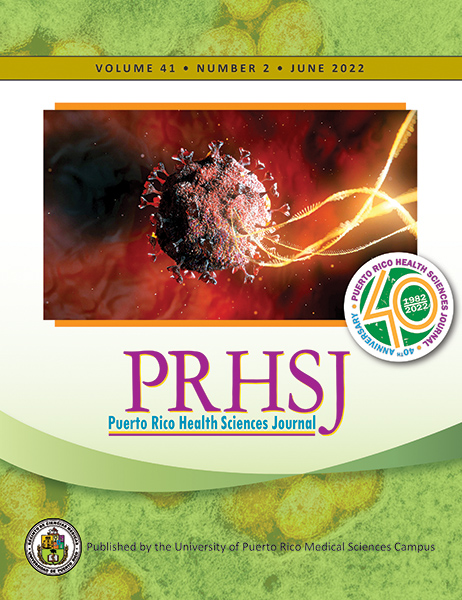Abstract
Objective: The novel coronavirus (SARS-CoV-2) has had an influence on almost the entire world and has become a major public health problem. Many countries have introduced measures that restrict the movement of the population and that may negatively influence the physical activity (PA) levels. The aim of this study was to examine the factors associated with changes in PA in Serbia during the COVID-19 outbreak. Methods: The cross-sectional study was conducted from the 9th through the 13th of April 2020. A total of 340 people, all contacted using Viber, were invited to participate in the study. The study instrument was a questionnaire that gathered information regarding social characteristics, PA during the outbreak, PA before the outbreak, and fear of COVID-19. Results: A total of 50 participants (14.7%) had low levels of PA in the 7 days prior to the study, while 133 (39.1%) had moderate and 106 (31.2%) had high levels of PA. The participants with high levels of PA had significantly higher energy expenditures before than after the COVID-19 outbreak (P < .001). There were no significant differences between the participants with different levels of PA in the scores on the Fear of COVID-19 scale (low: 13.4 ± 5.2; moderate: 12.6 ± 4.4; high: 13.8 ± 5.5; P = .204). Conclusion: One-sixth of the participants had low PA levels, and as restrictive measures are still in place in many countries, the lack of PA in high proportions of the general population may cause significant public health concerns.
Authors who publish with this journal agree to the following terms:
a. Authors retain copyright and grant the journal right of first publication with the work simultaneously licensed under a Creative Commons Attribution License that allows others to share the work with an acknowledgement of the work's authorship and initial publication in this journal.
b. Authors are able to enter into separate, additional contractual arrangements for the non-exclusive distribution of the journal's published version of the work (e.g., post it to an institutional repository or publish it in a book), with an acknowledgement of its initial publication in this journal.
c. Authors are permitted and encouraged to post their work online (e.g., in institutional repositories or on their website) prior to and during the submission process, as it can lead to productive exchanges, as well as earlier and greater citation of published work (See The Effect of Open Access).
